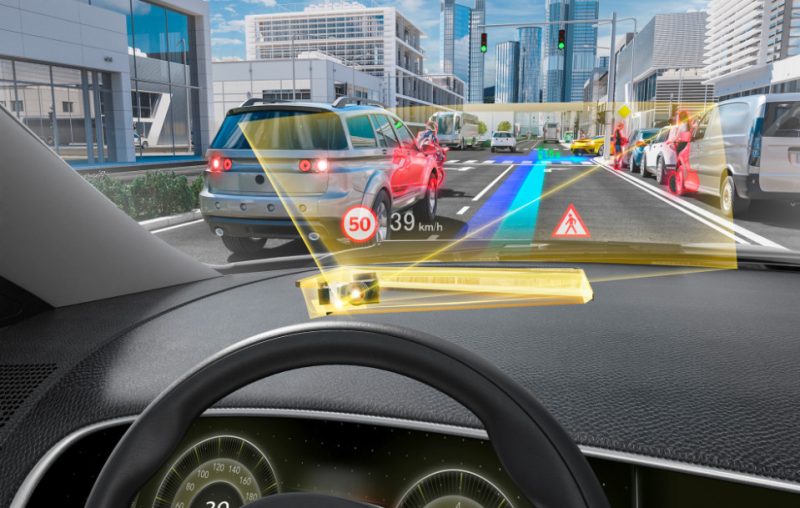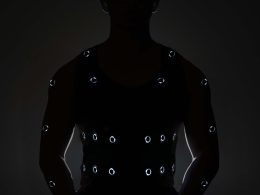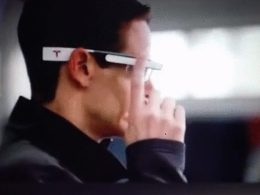In connected vehicles, head-up displays (HUDs) safely provide the driver with important information. Continental has now developed an innovative HUD with augmented reality (AR).
HUD with or without augmented reality
More security
To read an instrument cluster, you have to take your eyes off the road for at least a short time. The eyes have to adjust to the shorter viewing distance (accommodation), only then does the flow of information begin. The process is then reversed. The eyes adapt again to the greater visual distance to the traffic. This process takes time and tires the eyes if it occurs frequently. With a conventional instrument cluster, it takes at least half a second to read a display, including accommodating twice. One second of averted vision at a speed of 120 km/h corresponds to a driving distance of around 33 metres "flying blind".
With a head-up display, drivers receive all relevant information exactly where they really need it - directly in their field of vision. They can keep their eyes on the road and still receive all the important information, such as speed, important warning messages and navigation arrows. A windscreen HUD gives the impression that there is a display two to three metres away, directly in front of the bonnet.
In the case of an augmented reality head-up display, this display is supplemented by an additional display level. This makes it look as if the information on the AR-HUD is directly part of the real driving situation taking place in front of the vehicle.









